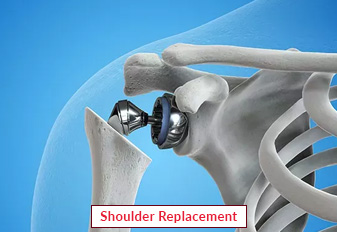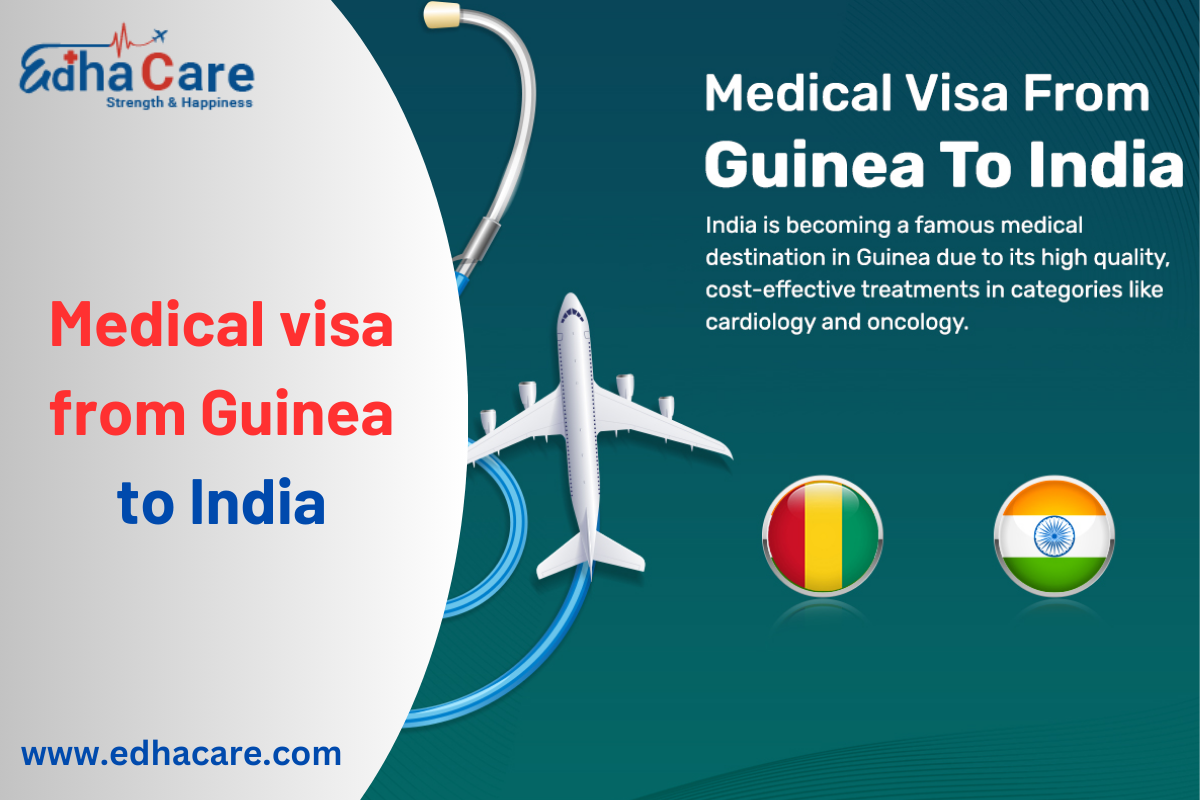Arthroscopy Treatment
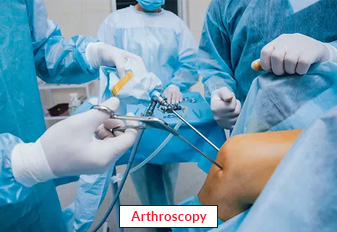
Arthroscopy is a procedure for diagnosing and treating joint problems. A surgeon inserts a narrow tube attached to a fiber-optic video camera through a small incision — about the size of a buttonhole. The view inside your joint is transmitted to a high-definition video monitor.
Using arthroscopy, the surgeon can view the interior of your joint without cutting a significant incision. With the help of additional tiny incisions and pencil-thin surgical instruments, surgeons can even fix some types of joint injury during arthroscopy.
Book an Appointment
About Arthroscopy Treatment
Arthroscopy surgery offers numerous benefits over traditional open surgery for joint-related conditions. This minimally invasive approach is widely favored by both patients and surgeons for its effectiveness in diagnosing and treating joint problems. Here are six key benefits of arthroscopy surgery:
- Minimally Invasive Procedure:Arthroscopy involves making small incisions, typically less than half an inch in length, to access the joint. This minimally invasive technique minimizes trauma to the surrounding tissues, resulting in reduced post-operative pain and a quicker recovery compared to open surgery. Smaller incisions also mean less scarring.
- Improved Visualization:Arthroscopy employs an arthroscope, a thin, flexible tube with a camera and light source, which provides a clear and high-definition view of the joint's interior. Surgeons can navigate through the joint's structures, inspecting ligaments, cartilage, tendons, and synovium in real time. This superior visualization allows for accurate diagnosis and precise surgical interventions.
- Faster Recovery:One of the most significant benefits of arthroscopy is the accelerated recovery process. Patients typically experience shorter hospital stays, if any, and a faster return to their regular activities, including work and sports. This reduced downtime greatly improves the patient's overall quality of life.
- Lower Risk of Complications:Arthroscopy carries a lower risk of complications compared to open surgery. Smaller incisions mean a reduced risk of infection, less bleeding, and a lower chance of nerve and blood vessel damage. The minimally invasive nature of arthroscopy generally leads to fewer adverse events, making it a safer option for many patients.
- Outpatient Surgery:Many arthroscopic procedures are performed on an outpatient basis, allowing patients to return home on the same day. This eliminates the need for extended hospital stays, reducing healthcare costs and minimizing the risk of exposure to hospital-acquired infections.
Types Of Arthroscopy Surgery
Arthroscopy is a versatile minimally invasive surgical technique used to visualize, diagnose, and treat various joint-related issues. The choice of arthroscopy type depends on the specific joint and the medical condition being addressed. Here are some common types of arthroscopy:
- Knee arthroscopy: Knee arthroscopy is the most common type of arthroscopy. It is used to diagnose and treat a variety of knee problems, such as torn ligaments, cartilage tears, and arthritis.
- Shoulder arthroscopy: Shoulder arthroscopy is used to diagnose and treat a variety of shoulder problems, such as rotator cuff tears, shoulder impingement, and recurrent shoulder dislocations.
- Hip arthroscopy: Hip arthroscopy is used to diagnose and treat a variety of hip problems, such as labral tears, hip impingement, and early arthritis.
- Ankle arthroscopy: Ankle arthroscopy is used to diagnose and treat a variety of ankle problems, such as ankle sprains, cartilage tears, and loose bone fragments.
- Wrist arthroscopy: Wrist arthroscopy is used to diagnose and treat a variety of wrist problems, such as carpal tunnel syndrome, wrist arthritis, and wrist ligament tears.
Procedure of Arthroscopy Treatment
Arthroscopy surgery is a minimally invasive procedure used to diagnose and treat a wide range of joint-related issues, providing a less traumatic alternative to traditional open surgery. This technique employs a specialized instrument called an arthroscope, which contains a camera and light source, to visualize the interior of the joint.
- Preoperative Evaluation:Before the procedure, the patient undergoes a thorough preoperative evaluation. This typically includes a medical history review, physical examination, and sometimes additional imaging, such as X-rays and magnetic resonance imaging (MRI), to assess the condition of the joint.
- Anesthesia:Arthroscopy surgery is performed under anesthesia to ensure the patient's comfort and pain relief. The choice of anesthesia can be either general anesthesia, which induces unconsciousness, or regional anesthesia, which numbs the specific area around the joint. The choice depends on the patient's preference and the surgeon's recommendation.
- Patient Positioning:The patient is positioned on the operating table in a way that provides optimal access to the joint being treated. The surgical team ensures that the joint area is clean and sterile.
- Incision:Small incisions, typically less than half an inch in length, are made around the joint being operated on. These incisions serve as entry points for the arthroscope and other surgical instruments. Arthroscopy is known for its minimal tissue disruption and smaller incisions, which result in less post-operative pain and reduced scarring compared to open surgery.
- Arthroscopy Instrumentation:The arthroscope, a thin, flexible tube, is inserted through one of the incisions into the joint. This arthroscope contains a high-definition camera and a light source that allows the surgeon to view the interior of the joint on a monitor in the operating room. The surgeon may also use additional incisions for the introduction of other surgical instruments, such as graspers, scissors, and shavers.
- Joint Inspection:Once the arthroscope is in place and the camera is providing real-time images, the surgeon carefully inspects the joint's structures, including ligaments, cartilage, tendons, and synovium. The surgeon can manipulate the arthroscope to visualize all areas of the joint, examining the extent of the problem.
- Treatment or Repair:Depending on the findings during the inspection, the surgeon may perform therapeutic interventions during the procedure. This can involve repairing damaged structures, removing loose bodies, trimming or smoothing cartilage, and addressing other joint issues. For instance, in the case of meniscus tears in the knee, the surgeon can use arthroscopic techniques to trim or repair the damaged meniscus tissue.
- Closure and Postoperative Care:After the procedure is complete, the incisions are typically closed with sutures or adhesive strips. The surgical area is then bandaged, and the patient is monitored in the recovery area. In many cases, patients are allowed to return home on the same day of the surgery.
Require Assistance?
Get A Quick Callback From Our Healthcare Experts
Other Specilities We Cover
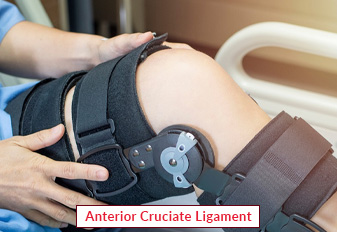
Anterior Cruciate Ligament (ACL)
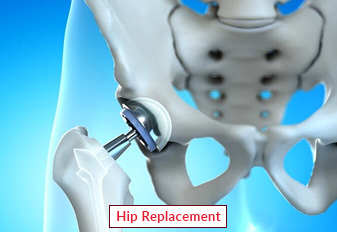
Hip Replacement
